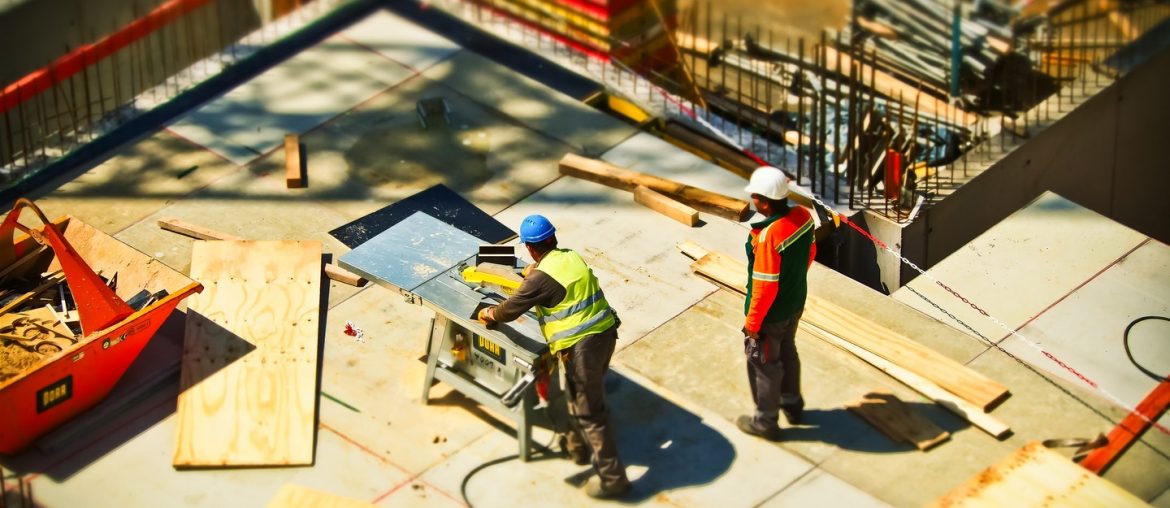When it comes to storing raw construction materials such as cement, sand, rebar, brick, stone, aggregates, and tiles, each has to be stored in a certain way, otherwise, these can become damaged. That is why a little bit of know-how is essential, especially for those who don’t want to hand their property over to developers or want to have the entire construction process under their supervision. Keeping that in mind we have compiled a guideline discussing the best ways to store common construction materials.
Rebar
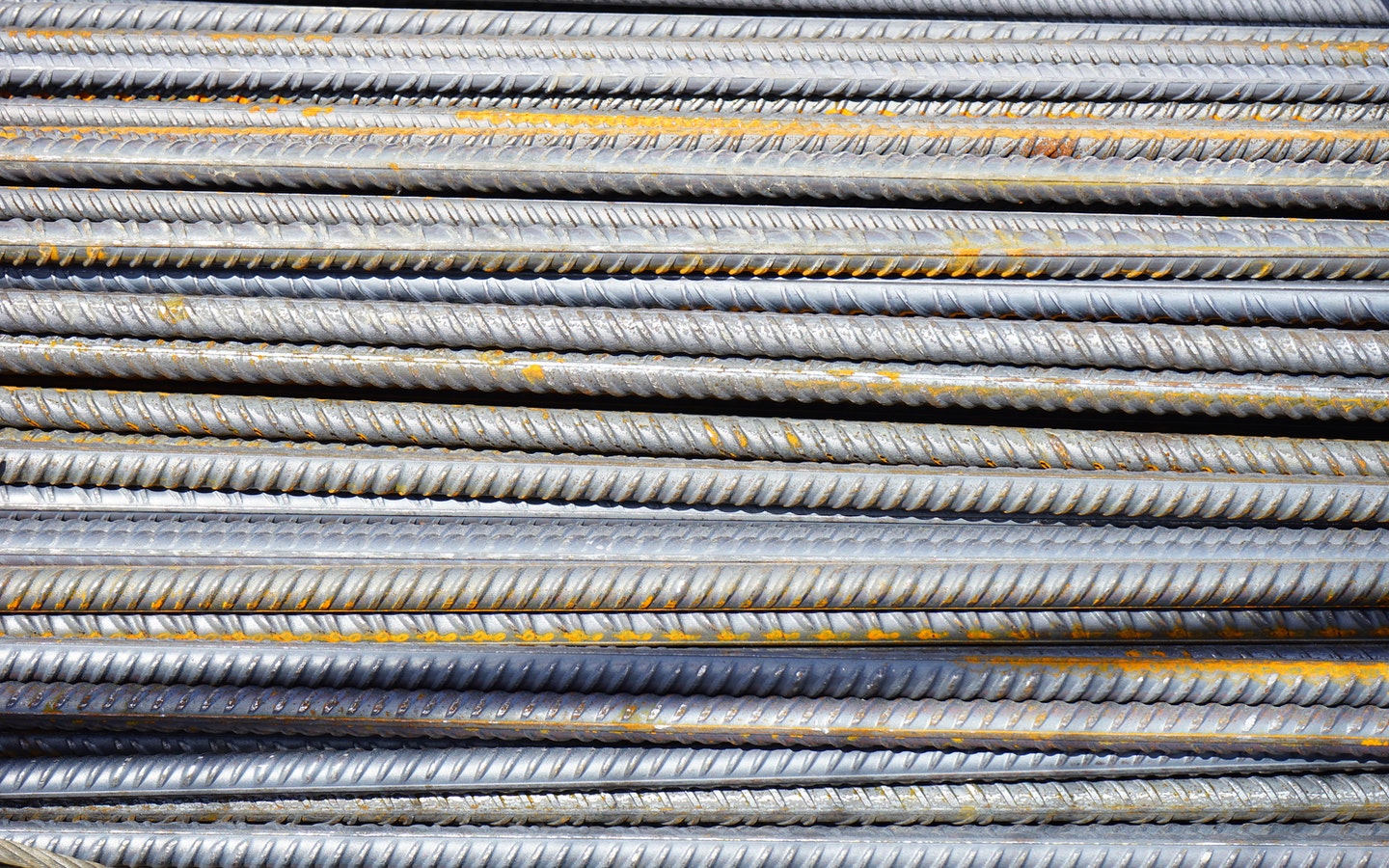
This is one of the most important and commonly used materials in construction. Thousands of tons of rebar are used to construct each building. However, since it takes a lot of time to build a building, raw materials including rebar are often brought to the construction site even before the construction begins. That is why it is important to store it properly. To do that, keep it away from the sun and rain, otherwise, it can become rusty or damaged. Cover them with polythene or store them in a tented area.
Cement
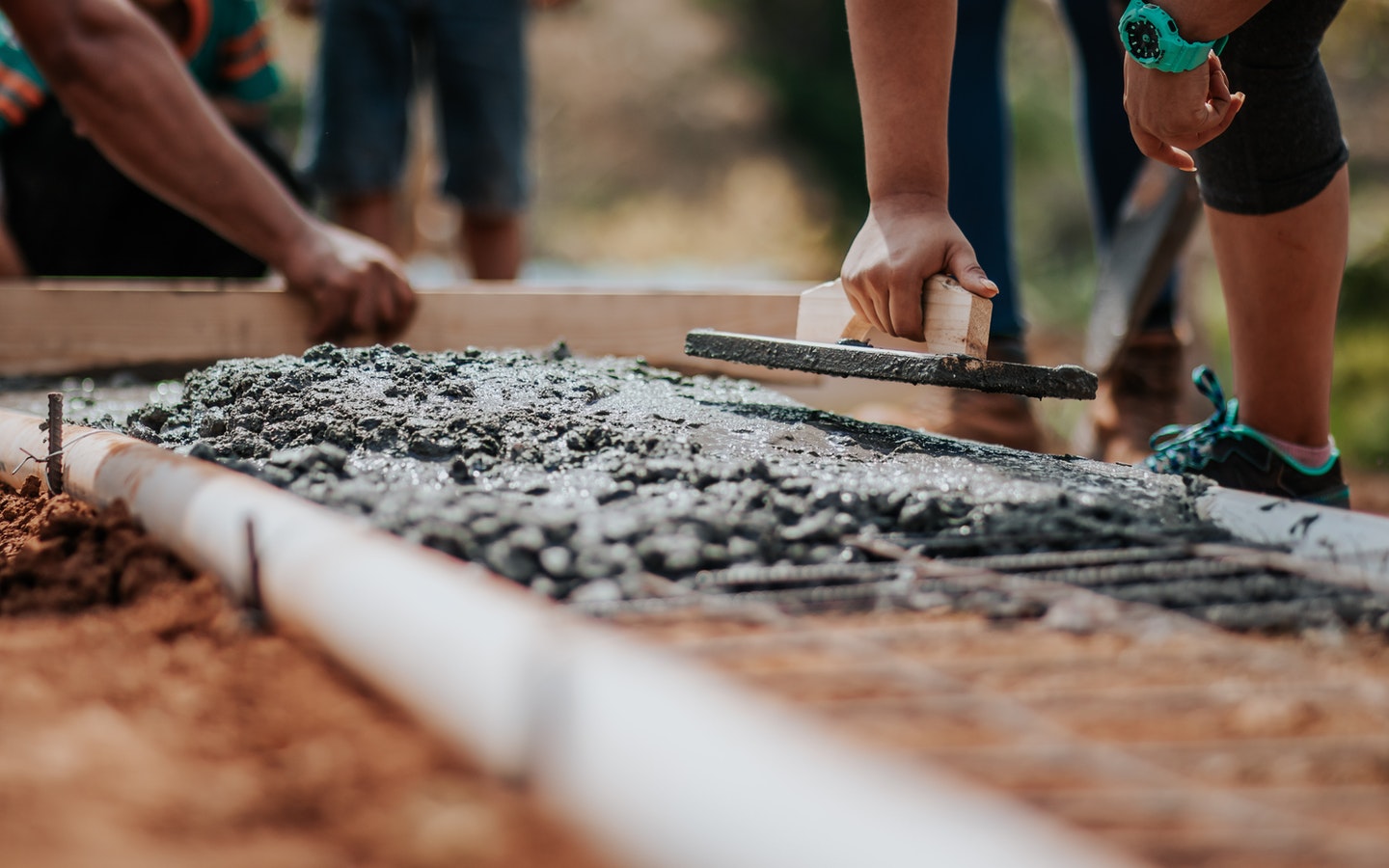
Just like rebar, cement is another important and commonly used construction material that is usually stockpiled in large amounts before construction. But if not stored in a certain way, cement can become damaged by water and air. So before storing it, make sure the storage area is nice and dry. Cement bags that have been opened should be stored in an airtight condition. It is better to keep cement bags on a high surface away from the surrounding walls, especially during the monsoon. Also, plastic bag cement or paper bag cement should be kept separately. Because plastic and paper both prompt different levels of moisture build-up which can affect the cement adversely.
Brick
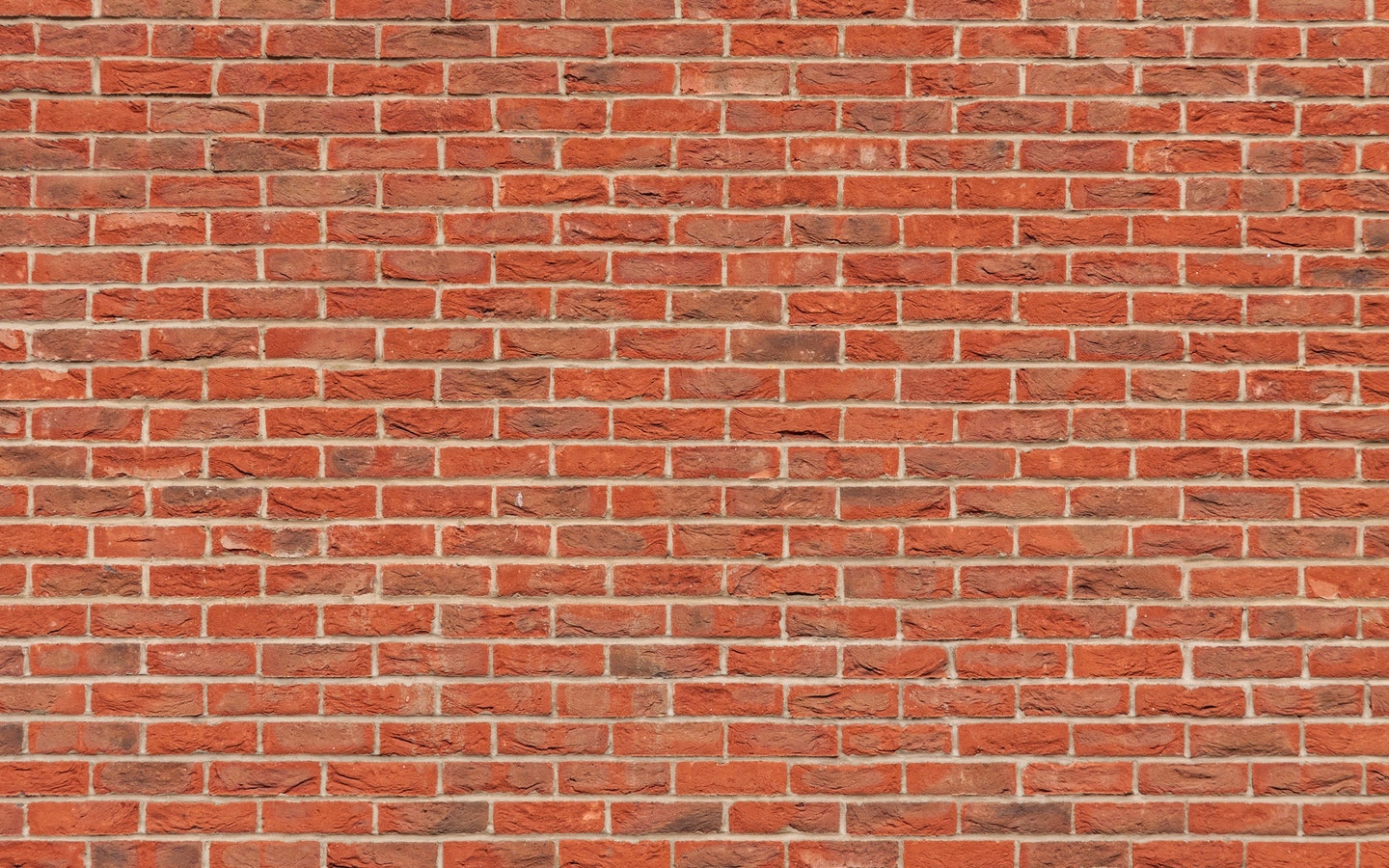
Many people don’t pay enough attention to bricks when it comes to storing raw construction materials. In Bangladesh, most of the time they are seen kept arbitrarily and unprotected under the open sky. This, in the long run, can damage the bricks and cause them to decay. To prevent decay, stack bricks on dry, firm ground. Different types of bricks with different strengths and sizes such as solid bricks, hollow bricks, and perforated bricks should be stacked separately. Also, make sure there is enough room between each adjacent stack of bricks. And after unloading them from the truck, put each truckload in one stack.
Aggregates (crushed stone or brick)
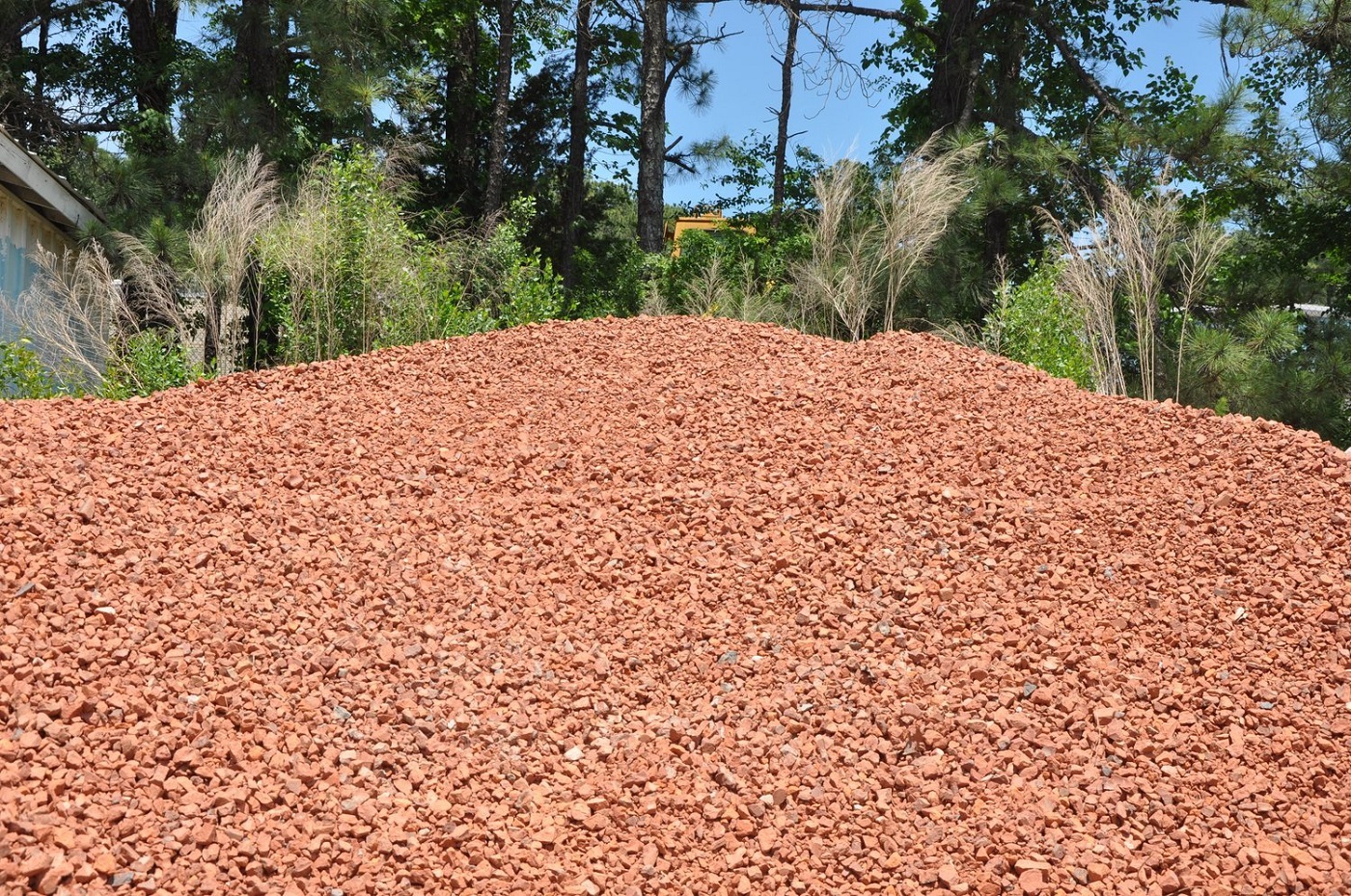
Although known by different names in different places, in our country, aggregates are called ‘khoa’. Aggregates are an essential component when it comes to making concrete. In order to store aggregates properly, keep them on-site on a hard and dry place or covered with polythene. If such space is not available, prepare one using planks. Because planks can help absorbing moisture from the aggregates. Also, stack the fine aggregate in a place where there is a lower chance of loss due to the effect of wind.
Ceramic Tiles
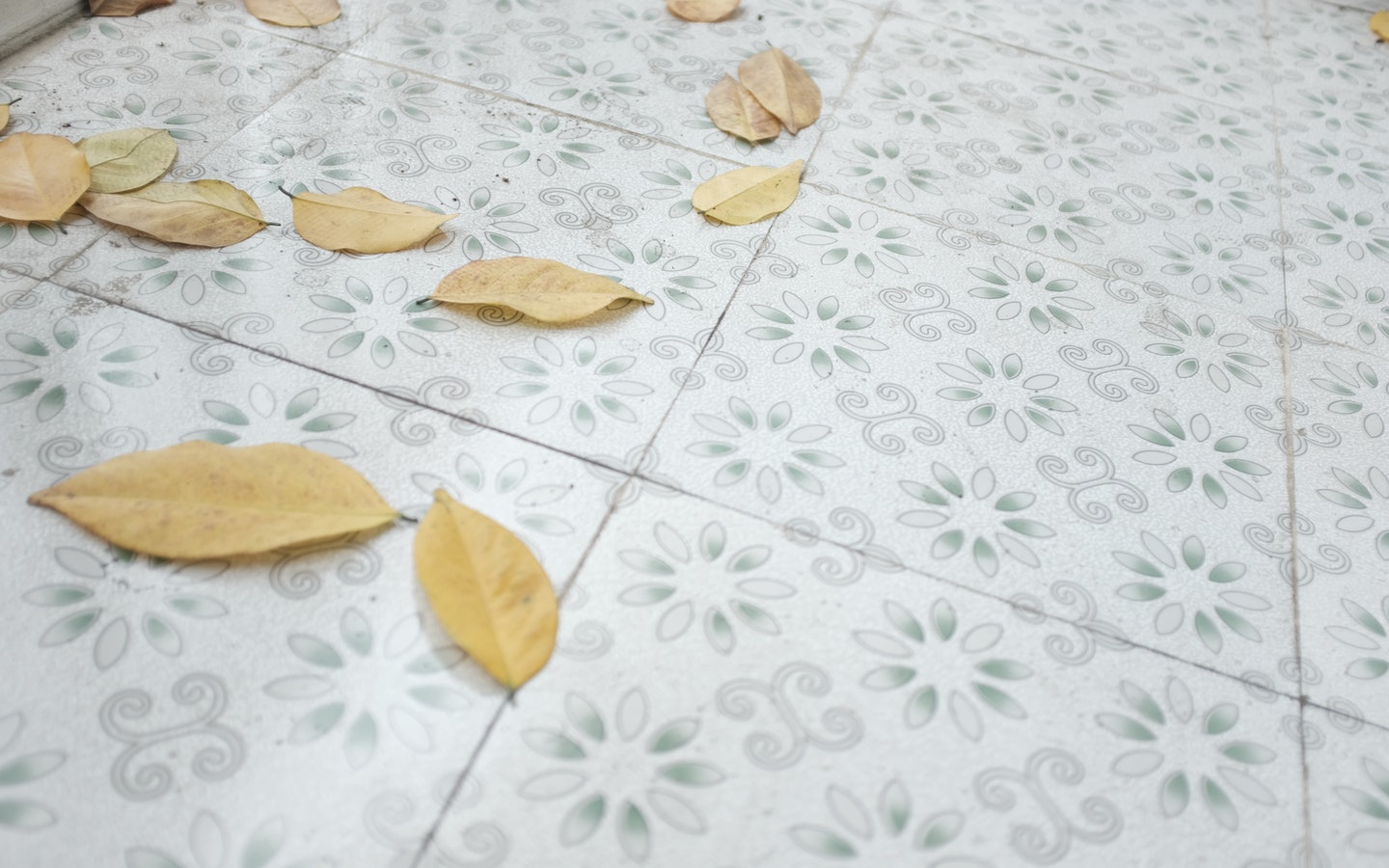
Ceramic tiles are nice but are a very fragile product. So it must be kept or stored in an area safe from getting hit by other objects. Tiles can also become easily stained. That is why these should be stored on their side and leaning against a wall. It is better to keep them high off the ground if stored flat.
When storing raw construction materials, follow these instructions and steps if you want them to last longer. This will save you from spending extra as well as keep the purchased raw materials safe.

